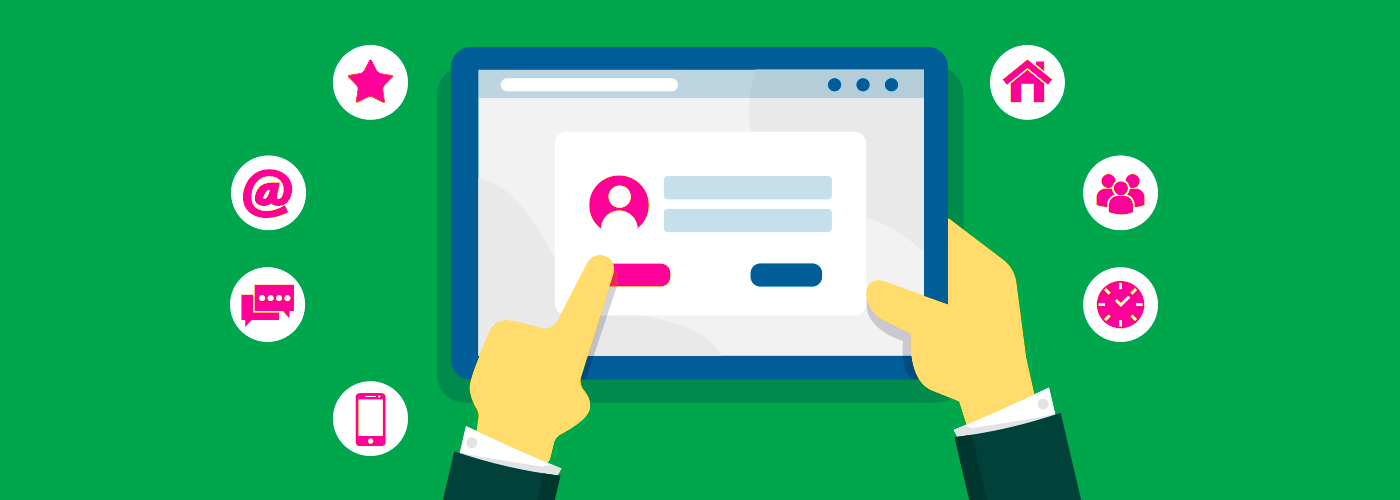How To Bring Personalisation to the Customer Journey

Personalisation is an important tool to drive customer loyalty and improve the overall customer experience. While it is of particular necessity to retail and eCommerce businesses, the importance of personalisation should not be ignored by any other customer-facing industry.
Basic personalisation isn’t enough. Customers don’t want you to call them by their first name or send them a birthday note. They not only desire but expect their past interactions with businesses to inform any marketing and promotional offers and communications that they receive in the future.
The value of personalisation is undeniable, with 88% of marketers reporting measurable improvements as a result of personalisation, but taking it on can seem daunting. Below we have included tips for how you can bring personalisation into the customer journey at any touchpoint.
Collect Customer Data
From their first interaction with your business, you should obtain as much information as possible from your customer. From personal information to information about their demographics, when a customer signs up to receive mail or emails from your business, you can ask them a wide variety of questions so that you can learn all the relevant information you may need to give them a personalised experience with your business from that stage on. You’ll understand their specific needs and values and can cater relevant content to them based on the answers provided.
To encourage more sign-ups you can offer a promotion (i.e., a 10% discount off their purchase or being entered to win a prize). But don’t make the sign-up form too long as that discourages customers from finishing the form.
Use Past Experiences
Think of every customer interaction as an opportunity to offer more personalisation to the customer journey. You can find patterns in their past experiences with your business to learn what they want. From there you can not only offer offers based on what they have purchased or looked at, but you can remind them if they’ve left something in their online shopping cart or send them product recommendations based on purchases from other customers. You can even look at their past purchases to try and up-sell to other products or services.
Integrate Your Customer Service
You can make your customer service process a lot more efficient if you introduce personalisation to your contact centre. When customers are called upon to recount purchase or account details there is a lot of room for error. Customer service reps can mishear them or customers can take ages to find them if they aren’t on hand. Your contact centre teams should have all of the customer’s data and information on past purchase history as soon as they begin an interaction with a customer. A contact centre infrastructure integration in place allows for a complete understanding of elements necessary to drive changes in CX, making the experience much smoother for both the customers and the contact centre employees. You can read more about integrating customer data with your contact centre HERE.
Ask!
Surveying your existing customers can give you a lot of insight into where you need to improve your business, but you can also gain really useful information about your customers’ expectations. Assuming you are already asking your customers for feedback at regular intervals, it might be a worthwhile experiment to add a pulse question to your survey to find out at what stages of the customer journey they would like added personalisation or how much they value personalised experiences. Customer needs and desires can be expressed in open-ended comments sections where you can learn a lot about how they are feeling about your brand. Your customers are the real CX experts of your businesses, so don’t discount the value in gaining their feedback and opinions.
